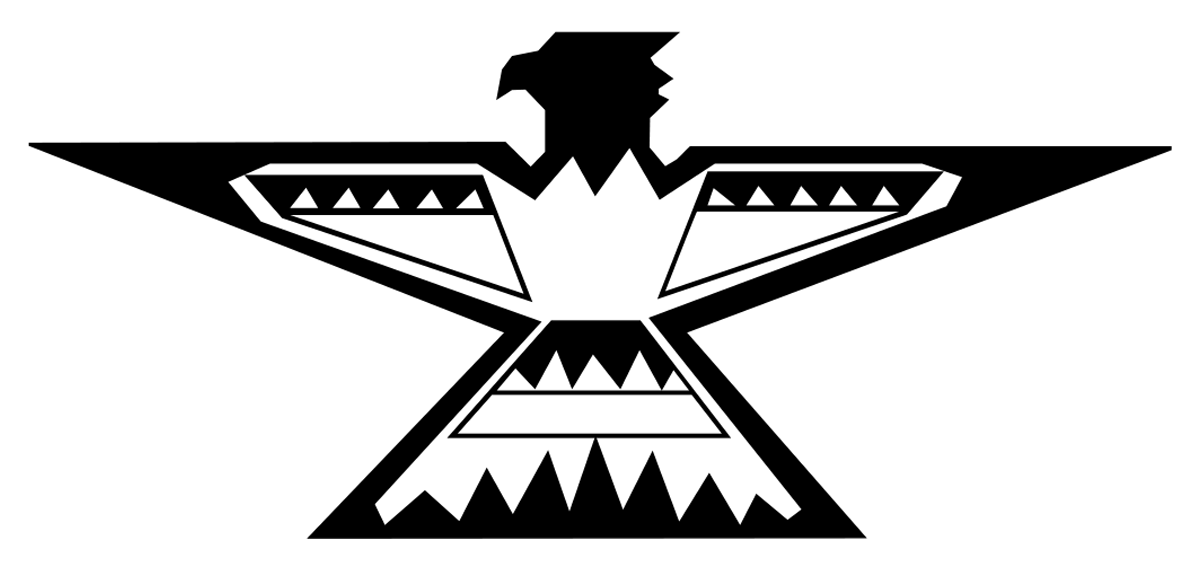Drugs, Alcohol, & Prescription Drugs
Adult intervention
Find out if the youth is currently under the influence and to what degree. If you are concerned that their intoxication may be a medical emergency, call 9-1-1 or take them to the Emergency Room.
Try to find out what substances they are using and where they are getting them.
Make every effort to remove their access, or to monitor closely if it is a drug they are prescribed.
Ask about or try to find out what they are getting out of it and what need they are trying to fill.
Talk with youth about the dangers of using drugs and alcohol.
Set clear limits with rules and consequences for what happens if they continue to use drugs or alcohol.
Let them know you are there for them and your priority is keeping them safe.
Connect with supports
Treatment options specific to substance abuse include counseling with a licensed addiction counselor, assessment, individual, family and/or group counseling, education, and breath and urine analysis.
There are several different ways to seek counseling or treatment. This includes a private therapist, a school counselor, mental health center services, and/or substance abuse treatment. Private therapists can be a licensed clinical social worker (LCSW), a licensed clinical professional counselor (LCPC), or a psychologist. This is usually covered by insurance and occurs weekly or every other week. Most therapists will individualize treatment and may offer more frequent sessions if needed.
Take them to the emergency room
Take youth to the Emergency Room if they need medical assistance for their substance use.?
Youth can be evaluated in the Emergency Room for mental health issues and possible placement in the hospital. They can arrive with parents, or with the support of law enforcement and/or other professionals. Youth must go through the process of medical screening, which can take several hours. The doctor then determines whether to call in the on-call mental health professional. This is most common when considering a placement in acute inpatient hospitalization.
Parents should attempt to transport youth, but can access an ambulance under certain circumstances. Parents must be present through the intake/admission process. If the youth does not need a hospital placement, Emergency Room staff will explore other options with the family. This may include shelter care, partial hospitalization, a safety plan, and information for follow up services.
Under some circumstances, parents may decide against the recommendation to hospitalize their child. This is a parent’s right, and other community based options are available. It is important to know that not following this recommendation may result in a report to Child Protective Services from the mental health or medical provider.
Call 9-1-1
Call 9-1-1 if you are concerned about serious harm and need medical assistance or support from police in getting youth to Emergency Room. You can also call 9-1-1 to have youth ticketed for underage use if that seems appropriate.
When calling 9-1-1, be ready to give the dispatcher the right information. This includes name: phone number, address, date of birth, people involved, a description of the situation, and what kind of help you need. It may be helpful to inform the dispatcher of the child’s mental health issues so that the responding officer is aware.
Remember that 9-1-1 is an emergency response, and the goal of the responding officer will be to ensure safety and move on to the next call.
There are several possible responses by law enforcement. Law enforcement may provide support to stabilize, transport youth to the Emergency Room for evaluation, write a ticket, and/or place a youth in detention.
Once law enforcement arrives, the outcome is up to their discretion.
What else can I do?
If you would like assistance getting help for yourself or you would like to refer your child, student or friend for professional services, click the button below.
All information shared is confidential and will only be used to help the person you care about, get the help they need.
